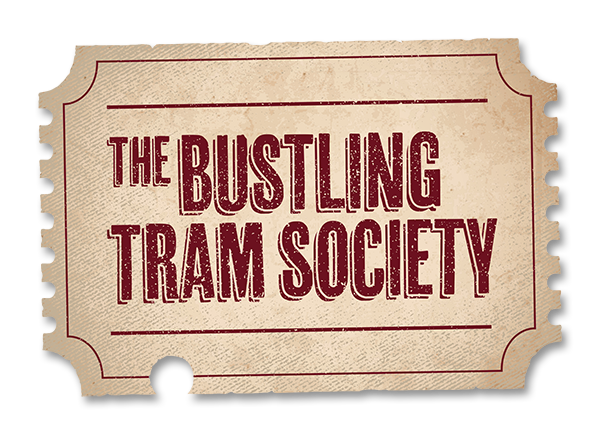Tango: how did this iconic music and dance come about?
You’ve almost certainly seen a tango – the iconic Argentinian dance that is hugely popular here in the UK and seemingly all over the world. Whether you’ve seen it on the annual dance marathon, Strictly Come Dancing, been to a professional tango showcase or perhaps you’ve even attended some classes; I think it’s safe to say, we all have some knowledge of it.
But what of its history? I certainly didn’t know much about it, so it's been an interesting exploration for me too...
Exact origins: unknown
The theory is that in the mid-1800s, African slaves, who had been brought to Buenos Aires, Argentina, began to influence the local culture, particularly by way of dancing.
And the place they used to meet was known as a 'Tango' which traditionally meant ‘closed space.’ But as time progressed, it started to take on a new meaning: ‘a closed space where people gather to dance.’
The Argentinian cultural melting pot
But it wasn’t just African slaves arriving in Buenos Aires. There was immigration from all over the world, including Spanish, Italian, British, Polish, Russian and almost certainly many others. This in turn created a fusion of cultures from around the world, all of which added their own style to the dance revolution that was taking off and ultimately created what we now call the Tango.
In the early days, Tango spread primarily amongst lower class establishments, making it firmly a dance of the low paid workers and something that was dismissed by the upper echelons of society. But although Tango may have initially developed in the Argentinian / African dance venues, it soon spread far and wide.
Did you know?
Uruguay also claims to be the founding culture of Tango. Maybe it was, but the origins are so sketchy, it’s difficult to say. However it is generally accepted that it took hold most prominently in Buenos Aires, Argentina.
The reality of immigration
It is said that many of the Buenos Aires immigrants were single men, looking for a better life and a way to make money so they could return home wealthy.
I guess this may have happened for a few, but for many, perhaps unsurprisingly, it did not. Tango then, reflects the emotions these men experienced; often a longing for the people and places they left behind.
Tango around the world
It wasn’t long though before the younger generations of the wealthier classes started to take an interest. And from there, it spread all around the world, finding itself particularly popular in Paris, but also London and New York to name just a few places.
As it’s popularity soared, wealthy Argentinians, who had initially shunned tango, now looked upon it as a source of national pride.
Did you know?
Tango Nuevo, is a newer and more modern form of tango. It was pioneered by the likes of Astor Piazzolla and embraced stronger jazz, Latin American music and improvisational ideas. Check out Piazzolla’s ‘Libertango’ (although be aware there are countless covers too).
Tango’s changing fortunes
As we move forward in time, we arrive at the Golden Age of Argentina, considered to be the 1930s, when it became one of the wealthiest countries in the world. As a result, Tango flourished.
But in the 1950s, political repression pushed it back underground as it was considered too rebellious. And along with the advent of rock’n’roll, there was little space left for the humble tango.
However, it did rise again in Paris in the 1980s, when ‘Tango Argentina’ hit the stage. Here it was truly reborn and its popularity has continued to grow ever since.
So can anyone tango?
It's a good question. Sometimes it's easy to think you have to be native to the origins of the music to be an authentic musician or dancer, but as Carlos Gavito, a famous Argentine tango dancer once said: “I think those who say that you can’t tango if you are not Argentine are mistaken. Tango was an immigrant music… so it does not have a nationality. Its only passport is feeling.”
Did you know?
A typical tango orchestra comprises a double bass, one or two guitars, bandoneon (a relative of the accordion and pictured here), violin, flute and clarinet (often played by the same player), piano and vocals.
So there we have it; a journey through the history of Tango. Did you find it interesting? Why not let us know your thoughts over on our Facebook page! Let's start a conversation and lets see where this dance takes us!
And just a word on my research (as I didn't have all this information just rolling around my head before I started writing!): check out the websites below for more info on the history and character of the tango.
https://www.masterclass.com/articles/guide-to-tango-music#7-characteristics-of-traditional-tango-music
https://www.tanguito.co.uk/tango-culture/discover-tango/know-your-tango/
https://www.tejastango.com/tango_history.html

